In today’s fast-paced world, finding time for fitness can feel overwhelming. But what if you could improve your flexibility, reduce stiffness, and boost your overall well-being in just 30 minutes a day—without any special equipment or experience?
Static stretching is one of the simplest and most effective ways to enhance mobility, relieve muscle tension, and support recovery—especially if you spend long hours sitting or on your feet. The best part? It’s beginner-friendly, requires minimal space, and fits seamlessly into real-life schedules.
Static stretching involves holding a stretch in a comfortable position for a set period—typically 15 to 60 seconds—without movement. Unlike dynamic stretching (which involves motion), static stretching focuses on lengthening muscles and improving flexibility over time.
This type of stretching is ideal after workouts or during dedicated flexibility sessions, helping to relax tight muscles and improve range of motion. It’s especially beneficial for people with sedentary lifestyles, desk jobs, or those recovering from light physical strain.
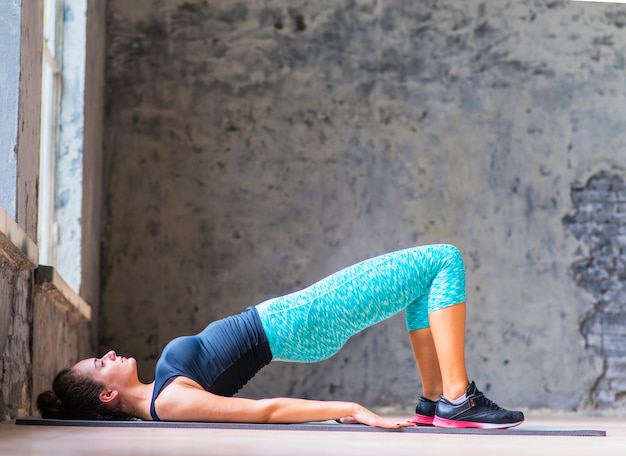
You don’t need hours to see results. Research shows that consistent, short-duration stretching sessions can lead to noticeable improvements in flexibility and joint mobility within a few weeks.
By dedicating just 30 minutes daily—about the length of a podcast or TV episode—you can target all major muscle groups effectively. The key is consistency, not intensity. Gentle, regular stretching is safer and more sustainable than aggressive, infrequent sessions.
One of the greatest advantages of static stretching is that it requires almost no equipment. All you need is:
You can stretch in your living room, bedroom, or even a quiet corner of your office. No weights, machines, or subscriptions needed.
Here’s a balanced, full-body static stretching routine designed for beginners. Each stretch is held for 30 seconds per side (unless otherwise noted), totaling 30 minutes.
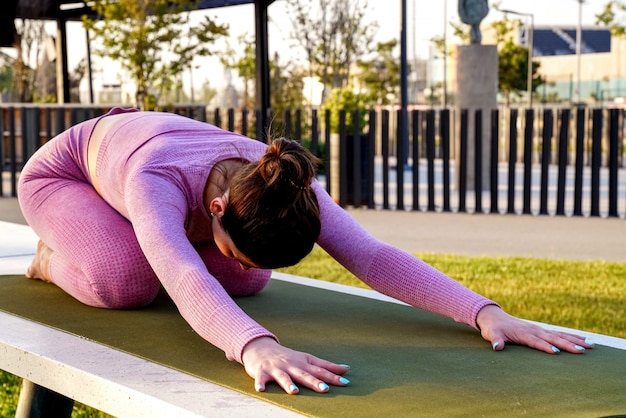
The 30-minute rule doesn’t mean you need a full block of time. Break it into two 15-minute sessions—once in the morning and once in the evening—or do 10 minutes after waking, 10 during a lunch break, and 10 before bed.
Pair stretching with habits you already have: stretch while watching the news, after brushing your teeth, or during a phone call.
Starting a static stretching routine doesn’t have to be complicated or time-consuming. With just 30 minutes a day and no special gear, you can build a sustainable habit that supports long-term mobility, comfort, and well-being.
Begin today—your body will thank you.

Fitness

Fitness

Fitness

Fitness
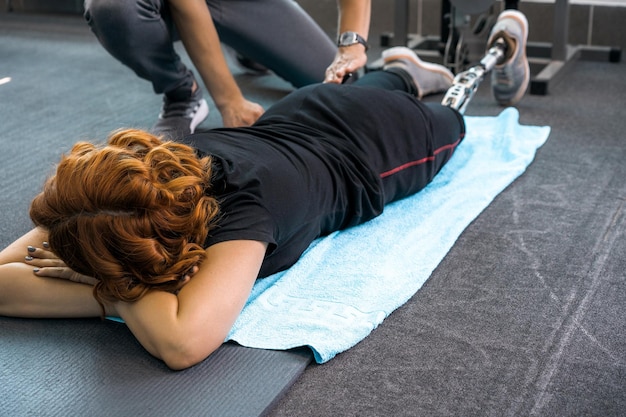
Fitness

Fitness

Fitness
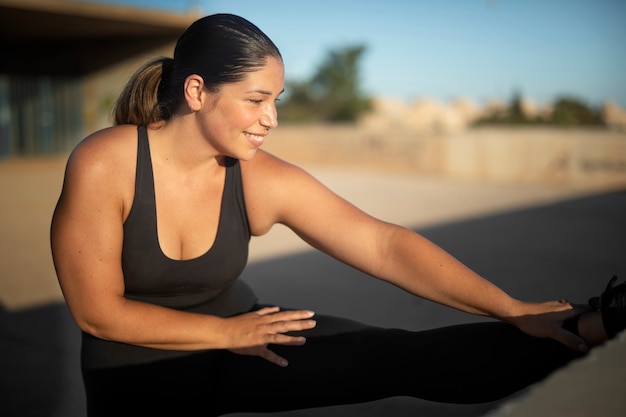
Fitness
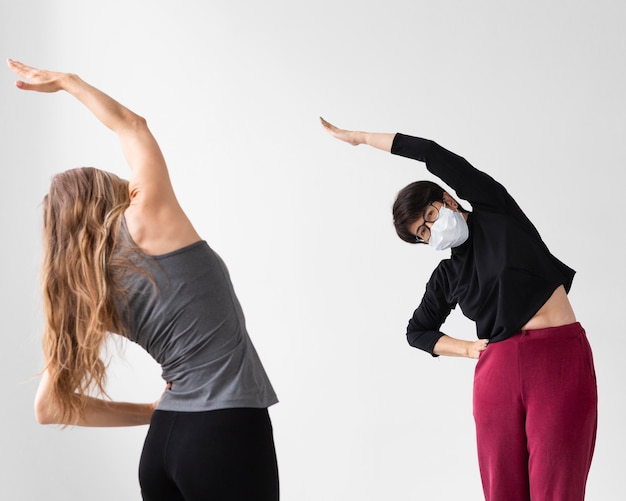
Fitness
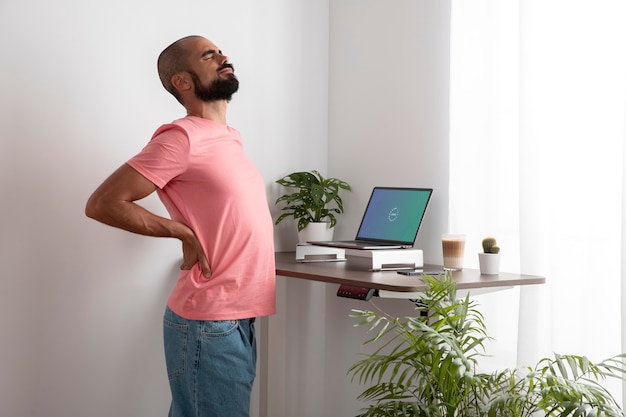
Health
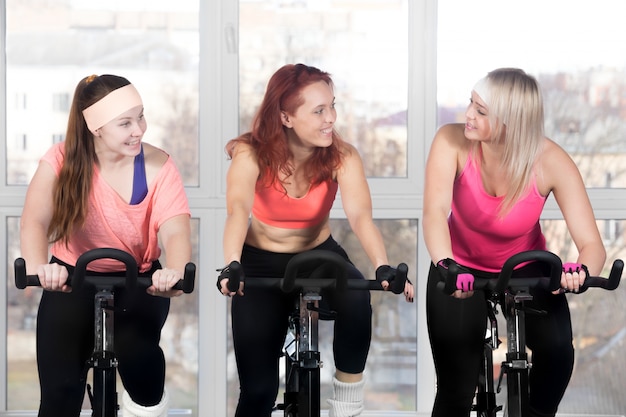
Fitness

Health

Health

Fitness

Health

Health